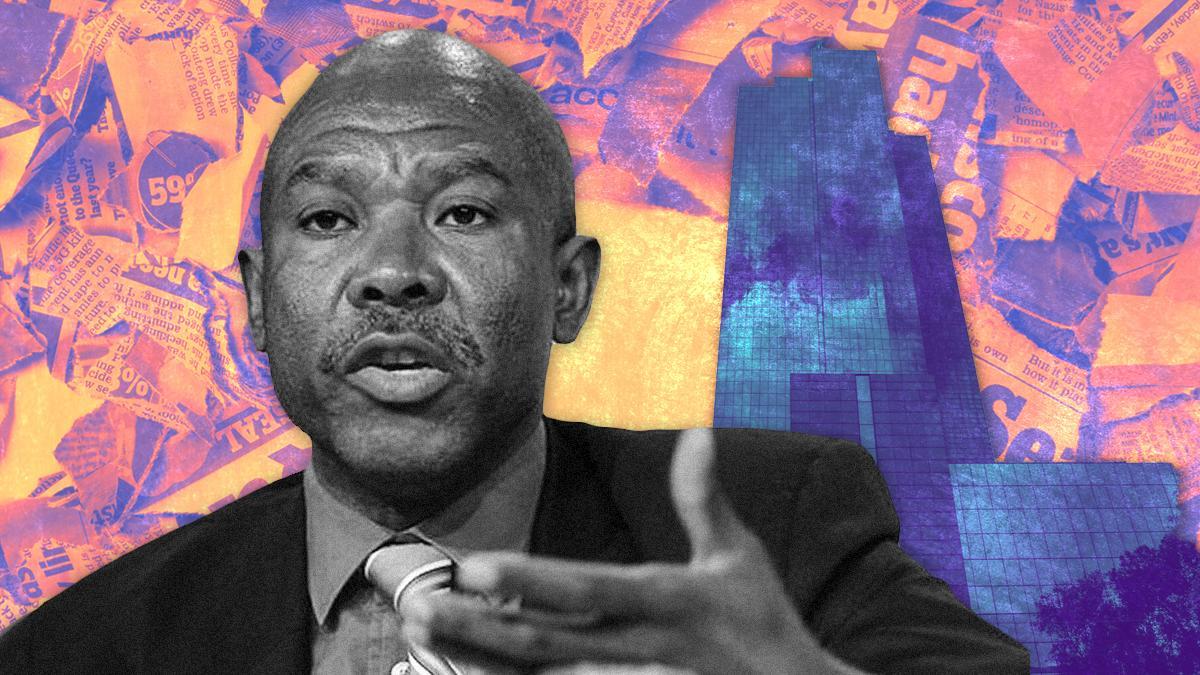Africa-Press – South-Africa. The Reserve Bank is in a tricky situation, as South Africa’s low inflation rate leaves room to cut interest rates, but doing so would risk its lower inflation target plans.
Several industry stakeholders criticised the Reserve Bank’s Monetary Policy Committee (MPC) for keeping rates unchanged at its latest meeting in September.
These critics argued that with inflation at its lowest level in years and South Africa’s economy and consumers desperately in need of a boost, another interest rate cut would have been justified.
A September cut would have also followed the trend of other countries, like the United States and the United Kingdom, that have continued or started their rate cut cycles.
Despite the pause in September, South Africa’s Reserve Bank remains in a cutting cycle, having delivered a cumulative 125 basis points of cuts so far.
However, in its September Monetary Policy Statement, the MPC explained that headline inflation has picked up in recent months, fueled mainly by food and fuel prices.
The Reserve Bank expects headline inflation to average 3.4% in 2025, and 3.6% next year, before reverting to 3% during 2027.
Reserve Bank Governor Lesetja Kganyago noted that the MPC would like to see how the cuts it has already implemented will affect the economy, how expectations evolve, and how inflation risks are resolved.
This decision was met with backlash. Purple Group CEO Charles Savage said in a social media post, “Sorry, SARB, but that has to be the most out-of-touch decision I’ve ever seen. Everything was in your favour to reduce rates. Everything.”
NWU Business School Professor Raymond Parsons said that, given the overall balance of risks facing South Africa’s economy, the minority MPC view was right to prefer another 25 basis points cut.
He listed several factors that support this view, including average inflation in 2025 now being close to 3%, lower inflationary expectations, an easier US monetary policy, a stronger rand, and no evidence of demand inflation.
“While the decision remained a close call, on the data available, the minority MPC view wanting to continue the interest rate easing cycle was the better judgment call,” Parsons said.
The graph below shows the trends in South Africa’s inflation and interest rates between May 2021 and September 2025.
Aiming lower
Many attributed the MPC’s hawkish decision to its plan to lower South Africa’s inflation target, which would be best implemented in a low inflation environment.
The Reserve Bank and the National Treasury have been in talks to lower South Africa’s inflation target, with the bank eyeing around 3%, although no official change has been announced.
The Reserve Bank has been a staunch proponent of lowering South Africa’s inflation target, saying it could bring immense benefits to the country.
This includes faster economic growth, lower debt-servicing costs, and reduced cost-of-living pressures.
However, implementing it could result in interest rates remaining elevated for a longer period to ‘lock in’ lower inflation and maintain the Reserve Bank’s credibility.
At its July meeting, the MPC announced that it will now aim for inflation expectations to settle at the bottom of its target range, 3%.
While not an official target change, many pointed to this preference as the reason for the MPC’s hesitance to cut rates at its last meeting.
“The cautious stance by the majority of the MPC would thus seem to be rather linked to wanting to keep rates higher for longer to entrench its preferred lower 3% inflation target,” Parsons said.
He explained that while there is widespread support for a lower inflation target, it is not yet clear whether the necessary political support and ‘buy-in’ have been secured for the change.
“The future level of borrowing costs is a crucial area of decision-making for the economy, for which a settled official inflation targeting framework is highly desirable for policy certainty. The sooner this is decided, the better,” he said.
Standard Bank chief economist Goolam Ballim previously explained that implementing this target change in a low-inflation environment would be ideal.
Taking advantage of lower inflation to implement the change would minimise the impact of interest rates needing to be higher for longer to reach the lower target.
In other words, the Reserve Bank would not need to keep rates as high for as long to reach the new inflation target, as South Africa would already be at or close to the target.
“I would be inclined to argue that we have a window of opportunity that is going to close soon for lowering the inflation target without much negative impact,” Ballim said.
“If the target was lowered now, the impact of the shift of expectations towards the new target would be very, very small because of the low level of inflation.”
For More News And Analysis About South-Africa Follow Africa-Press






